Ask a science student of class 11-12 about the most difficult lab practicals they have to do, and you will get to hear about only a few experiments. Chances are good that one of them is going to be the sonometer. So, what is a sonometer and why do we use it in a physics lab? Let’s go and find out about the sonometer theory!
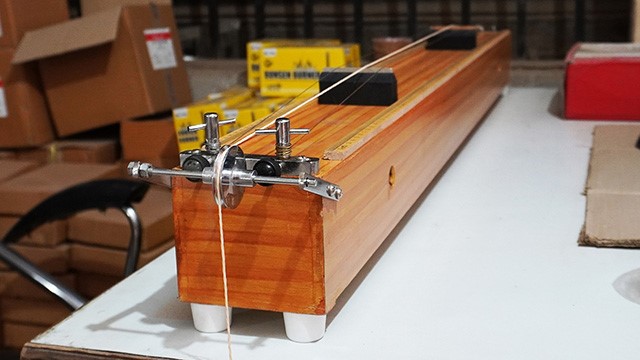
What is a Sonometer
A sonometer is essentially a monochord. This is an ancient device, origin lost in time. It was used both in producing music and tuning musical instruments. Later, scientists used it in physics laboratories.
You may have heard that in the 7th Century BC, Pythagorus invented the modern sonometer we see today. Well, not exactly. Pythagorus certainly invented the monochord; but it was the French instrument maker Albert Marloye who gave it the shape we see today ‒ more properly known as the ‘differential sonometer’.
In fact, the sonometer can be a multi-string lab instrument to compare various vibrations together. In schools, though, we use only one string. You can also use a bow to produce a continuous note instead of plucking the string or wire.
The device or setup that you know as a sonometer is basically an ancient musical instrument called a monochord and is the mother of all stringed musical instruments such as guitars. Simply put, it is a wire or string stretched taut across two bridges. When you pluck the tightly stretched string or chord, it vibrates and produces a note. What kind of note? That depends upon the material of the wire, the length of the part of it between the bridges, and how tightly it is rigged.
For lab work, this whole setup is done over a long empty box so that the sound can resonate with the air inside it and be louder. Also, a scale is mounted beside the bridges so that you can measure the distance between them.
Historically, we cannot say enough about the significance of the sonometer. A sonometer represents the link between music and mathematics, between art and science, between creativity and technicality. As a device that connects a musical note to its mathematical frequency, you can say the sonometer or monochord is the principal instrument of measuring musical capability of something.
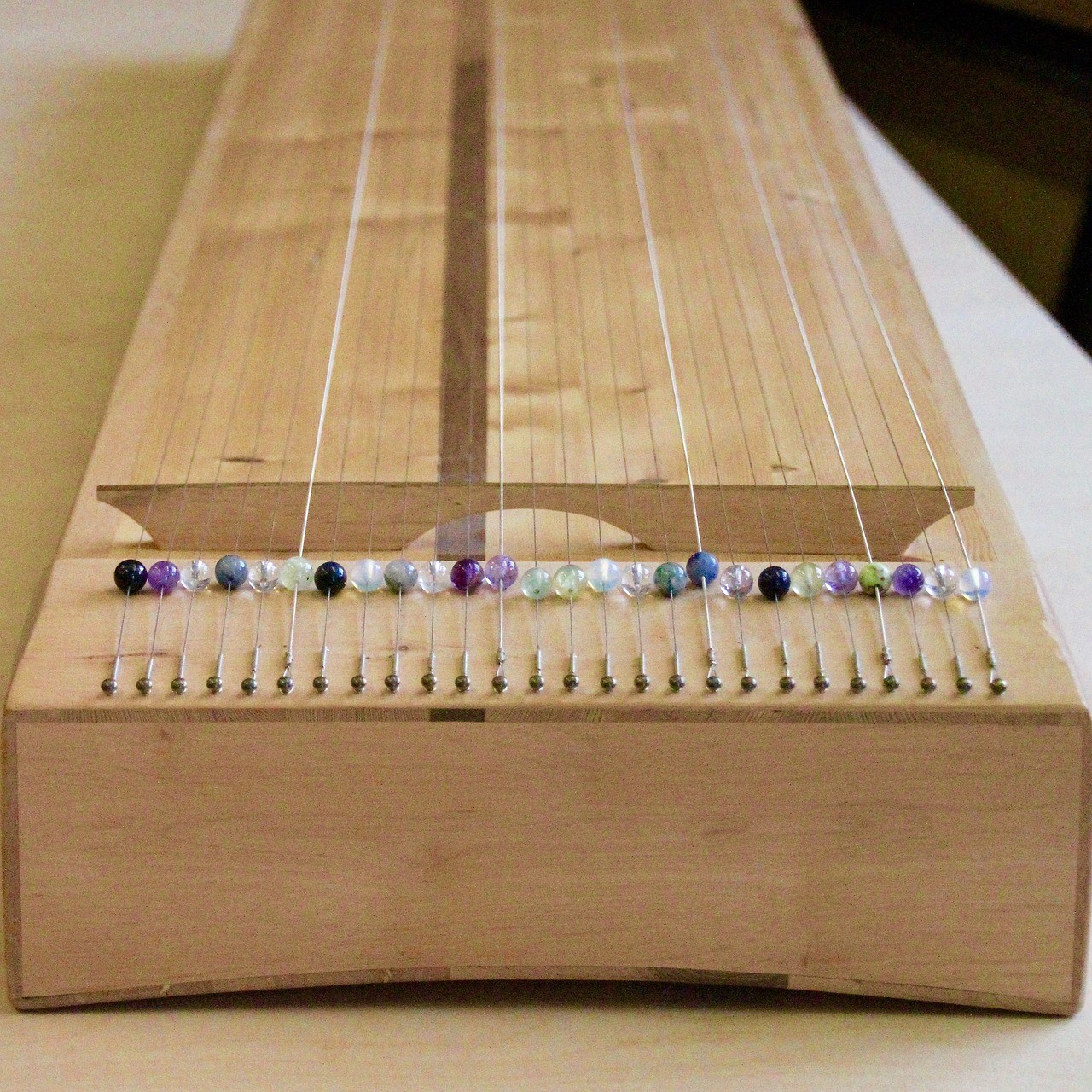
Why do we use the sonometer in the physics lab
A sonometer is a very well-known physics lab instrument, seen often at classes XI-XII or equivalent levels in most educational boards like CBSE, ICSE, IGCSE, and State boards. You can use a tuning fork to match the fork’s tone to the sonometer’s tone. It is the point where both of them resonate together, producing the largest amplitude of vibration in the string with maximum sound.
We can use this to our advantage. There are four factors at play here ‒ the frequency of a tone, the type of the wire (determined by mass per unit length), the tension applied to it, and its length. Using the same wire (meaning mass per unit length doesn’t change), you can vary all the other three factors to see how they relate to each other.
There are mainly two types of principles we verify using a sonometer. These are called the laws of transverse vibrations on a stretched string. These are:
- Law of Length: The frequency of vibration of a stretched string varies inversely as its resonating length (provided its mass per unit length and tension remain constant.)
This is denoted with the following: F∝1/l
- Law of Tension: The frequency of vibration of a stretched string varies directly as the square root of its tension, (provided its resonating length and mass per unit length of the wire remains constant).
This is denoted with the following: F∝T
In both cases, we draw graphs for the above equations. In ideal conditions, both graphs should be straight lines originating at 0,0. The nature of how steeply the line would climb shall indicate the nature of the wire material. If you’re practiced enough, you can differentiate between a copper-wire graph from an iron-wire graph easily.
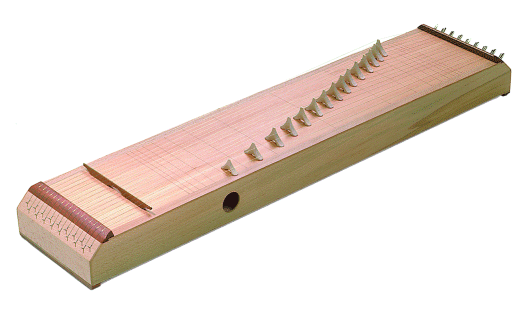
The main reason behind doing the sonometer experiment in class 11 12 is to give the students an idea about standing waves and resonance. This experiment is great to understand how various notes are related to the condition of the material that is producing them, and the amount of it present in vibration.
Not to mention all the fun you’re going to have finding the sweet spot where the paper jumps off the wire! What am I talking about? Have patience, in the next blog we’re going to describe how to do the sonometer experiment. Stay tuned!
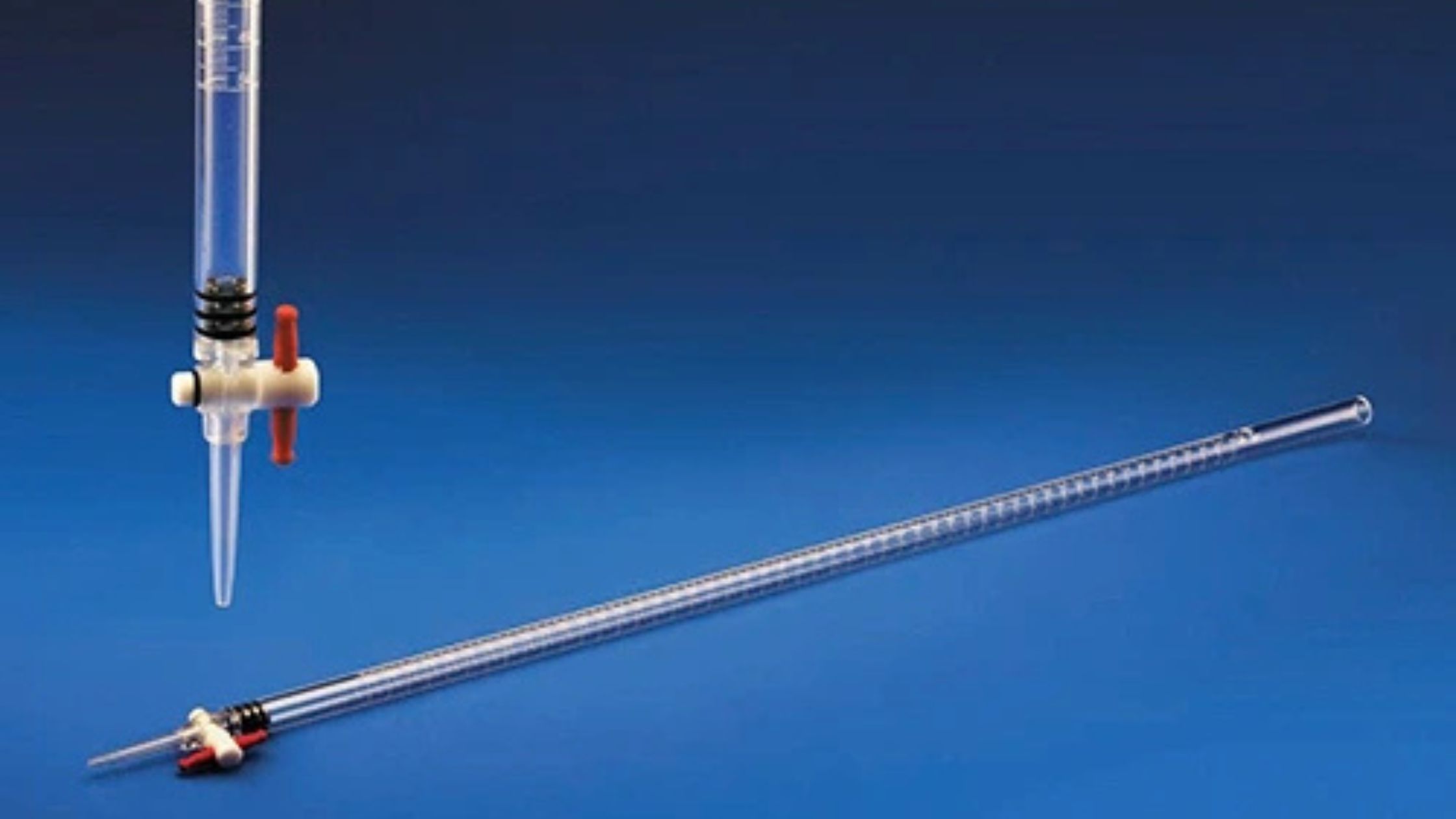
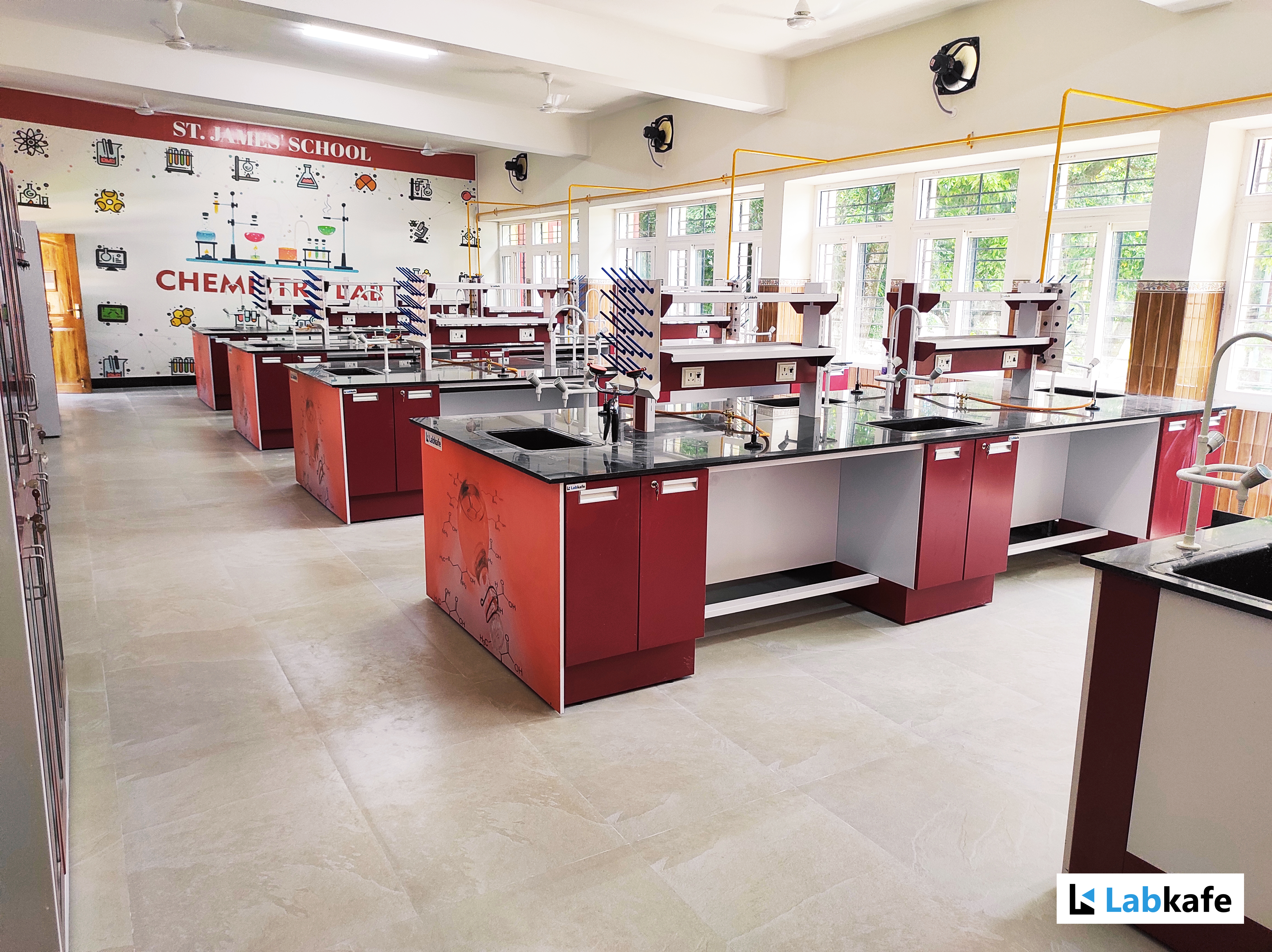


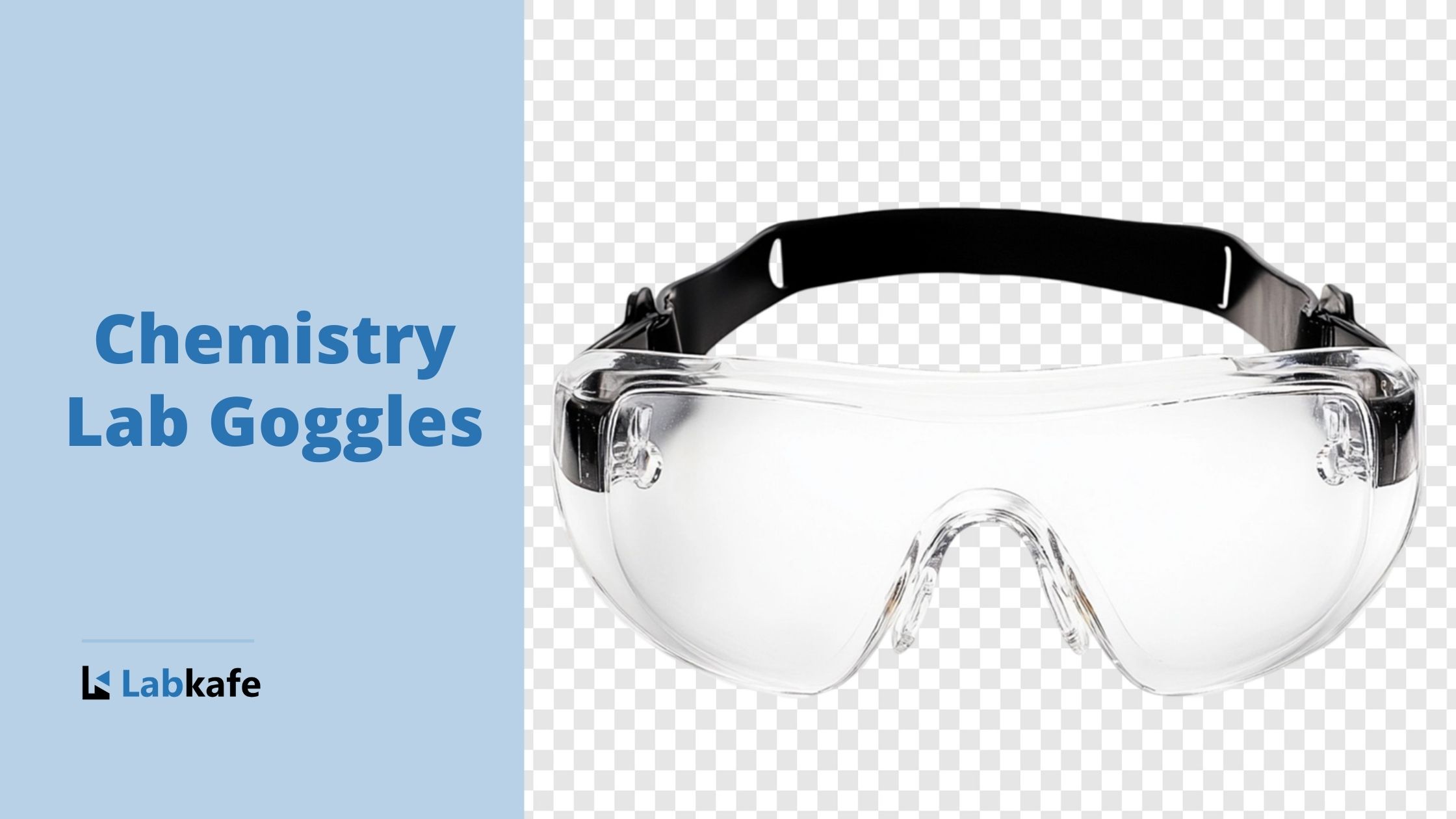







Leave a Reply